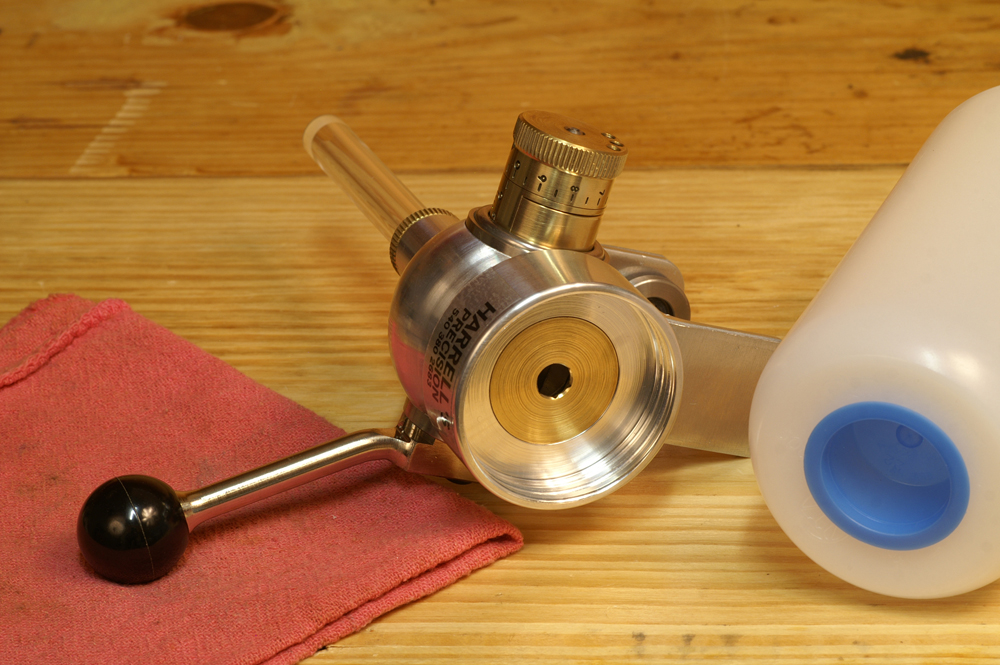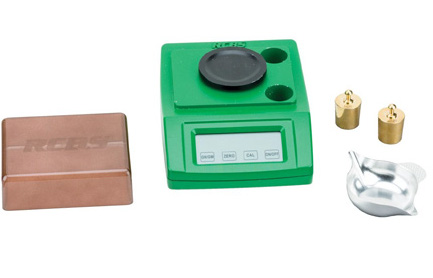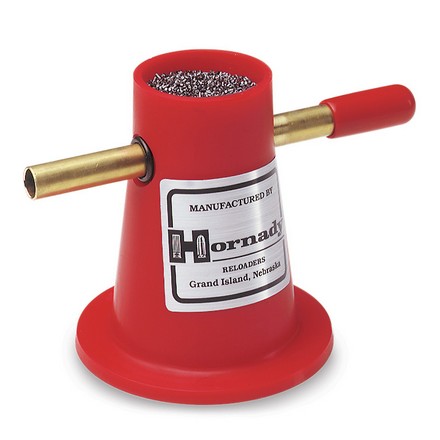This is an age-old debate among precision reloaders, and here’s to hoping you can find your own answer. Here’s a few ideas on how…
Glen Zediker
Since we (well, I), have been on the topic of velocity consistencies, clearly, this next here factors mightily among points in this general topic. I would also very much appreciate feedback on your own experiences. This, therefore, isn’t so much me trying to convince anyone of anything, but rather an effort to give some credibility to “both sides” of this question. The question, as suggested by the article title: Are meter-dispensed propellant charges equal in performance to singly-weighed charges?
Most are going to own a powder meter. Technical tickiness (that’s actually important): such a device is a meter, not a “measure.” Meters don’t measure. It’s most accurately called a “dispenser.” That’s what it really does. The “measure” is comparing a meter drum volume to a weight on a scale. It’s a volume, not a weight. The volume corresponds to a weight that was arrived at through adjusting the meter volume.
And this kind of keeps going in circles: is it a weight or a volume, then, that matters? A good many chemistry-inclined folks have told me over a good many years that any and all chemical measures are always weight, never volume.

Now then there’s a question about adjusting volume for that weight. I don’t know if you’ve ever experimented with this, but I’ve weighed the “same” powder charge at different times and had different weights (storing it in a sealed film canister and weighing on different days). It’s not much, but it’s different. It pretty much has to be moisture content that’s changing the reading, and, most lab-standard dispensing recipes (such as used in pharmaceuticals) have a set of condition-standards that accompany compound weight. Compounding that, using some electronic scales, I’ve had to re-zero, more than once, in a loading session weighing out charges. I have an inherent suspicion of scales. Old-trusty beam scales with a magnetic damper can finish a little high or low due only to the magnetic device. There’s a certain amount of inertia the beam has to overcome. Tapping the beam a few times will show that, indeed, it can come to rest variously +/- 0.10 grains, or more.
I don’t have a definitive answer to this question!
I can safely say that “it depends,” and what it depends on is a long list. First, as suggested, is scale accuracy. I don’t know that it’s always all about money, but that, no doubt, is a leading contributor in product quality. As said, I become suspicious of any device that requires a re-set during one use-session. For myself, I have confidence in my meter, and that’s come from countless “quality checks” I’ve run over the past couple of decades. I’m not a mathematician, so perhaps those who are can tell me if my logic is flawed in making the next assumption, but I developed confidence in metering charges based on collectively weighing multiple charges. Like so: throw 10 into a scale pan, weigh it. Repeat, repeat, repeat, and make note of how much plus-minus there is in each try. Using the propellant I stick to for competition NRA High Power Rifle loads (Hodgdon 4895) I get never more than 0.2 grains variance for a 10-throw batch. I don’t know how many single throws might be more or less than that and maybe it’s pure luck that all unseen errors offset rather than compound, but I prefer, at least, to believe that means my meter throws pretty well.


That’s for me. A different propellant, different meter, different scale, might all mean a different way of thinking, a different method to follow. So, to be most clear: I am not saying not to weigh each charge, and I am not saying not to trust a meter. Let your chronograph and on-target results give you the best answer for your needs. This debate is probably as close to a religion as exists in reloading (well, along with full-length case sizing and neck-only case sizing). And most of the answer is plainly anticipated: if you’re throwing large-granule stick propellant (especially large amounts per charge), you might better ought to weigh them out, but if you’re throwing a small-grained stick propellant, a good meter might actually prove more accurate, given any questions about scale accuracy. Spherical propellant? Weighing that is truly a waste of time.
The point to this, beyond bringing up a topic for input-discussion, is to find some way to settle such questions for yourself. For me, and likely for you, the ultimate answer is founded in the confidence we can have in whichever is the primary dispensing apparatus: the scale or the meter.
[Ballistician and Olympic Shooter, Ken Johnson, shares his thoughts on this topic in his piece on Precision propellant.]
Check out Midsouth offerings HERE and HERE
This article is adapted from Glen’s books, Handloading For Competition and Top-Grade Ammo, available at Midsouth HERE. For more information about other books by Glen, visit ZedikerPublishing.com








